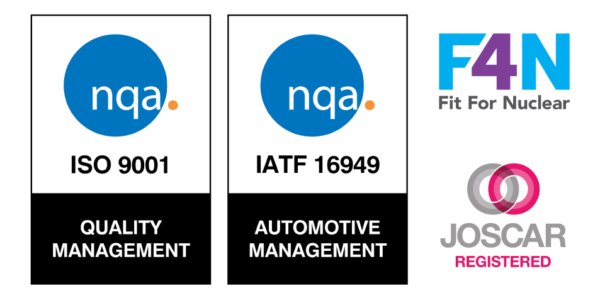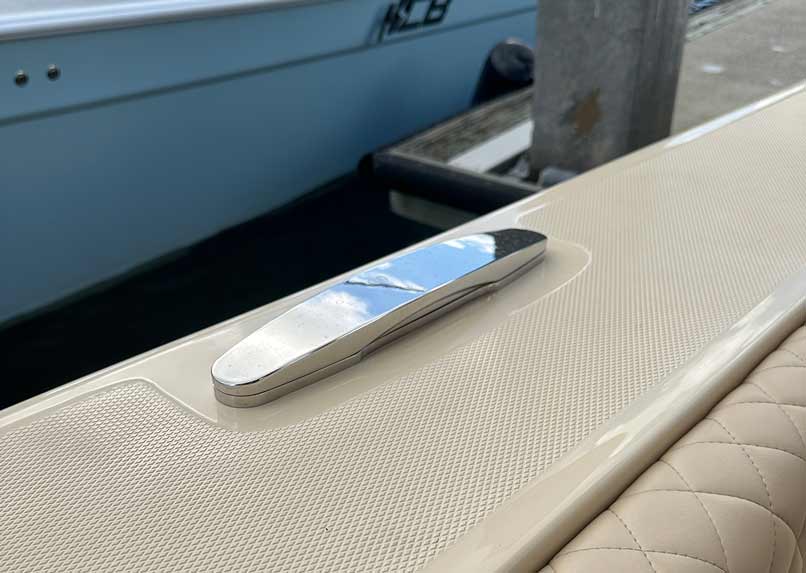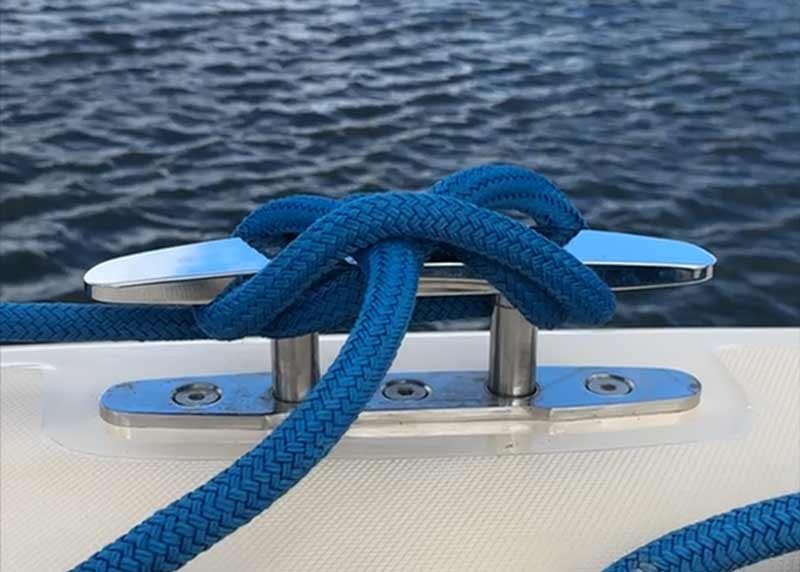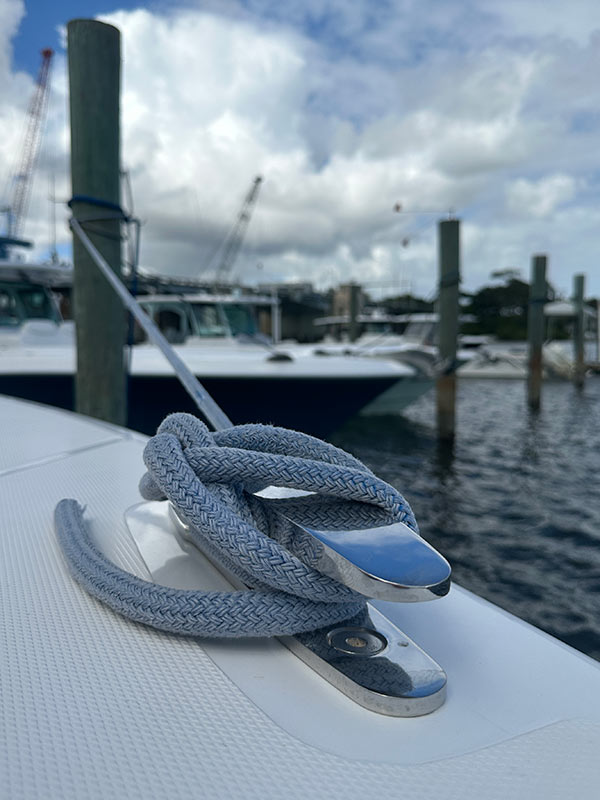Investment Casting a Marine Cleat for a Luxury Yacht.
Investment Casting for cost and weight reduction
The demand for lightweight components is at an all-time high due to global requirements for fuel efficiency.
Components are now designed with minimum weight as a high priority, resulting in the design of thin-walled parts. Manufacturing processes such as investment casting are becoming increasingly popular due to the ability to produce complex thin-walled parts whilst retaining high quality and strength. The vast range of ferrous, non-ferrous metals and super alloys available in investment casting, makes this process the first choice for designers, manufacturers and suppliers across the Automotive, Motorsport, Rail and Marine industries.
CUSTOMER
Global manufacturing partners providing unique and integrated solutions to the rail and marine industries. This company is renowned for world class levels of quality.
PRODUCT
Pop-up Mooring Cleats for the prestigious HCB Estrella 65 yacht 2022.
WHY INVESTMENT CASTING?
The existing cleats were manufactured in a traditional way – machined from solid. This is a time-consuming operation, costly and has a great deal of wastage. The cost of machining the component from solid was not sustainable. Investment casting allows components to be manufactured at near-net shape, thus reducing material costs and wastage.
The customer required the highest quality casting for this prestigious brand. It would need to meet all of the requirements for mechanical strength and durability, whilst being aesthetically pleasing. The customer also required a much lighter weight marine cleat, for this particular world class luxury performance yacht, but were still looking to retain the strength of the existing cleat. By introducing a webbing into the design, the overall weight of the component was reduced by nearly half a kilo, whilst retaining the strength of the original cleat. As with the old cleat, the casting needed to be produced with tight tolerance & precision, due to the large shallow radius across the top of the cleat. The customer required the cleat to be mirror polished without any deviations within the reflection.
Only a small amount of machining was required; threaded holes for fixing to the vessel.
MATERIAL
316 – Stainless steel
QUANTITY
200 – 300 parts
FINISH
Machined & Mirror polished.
